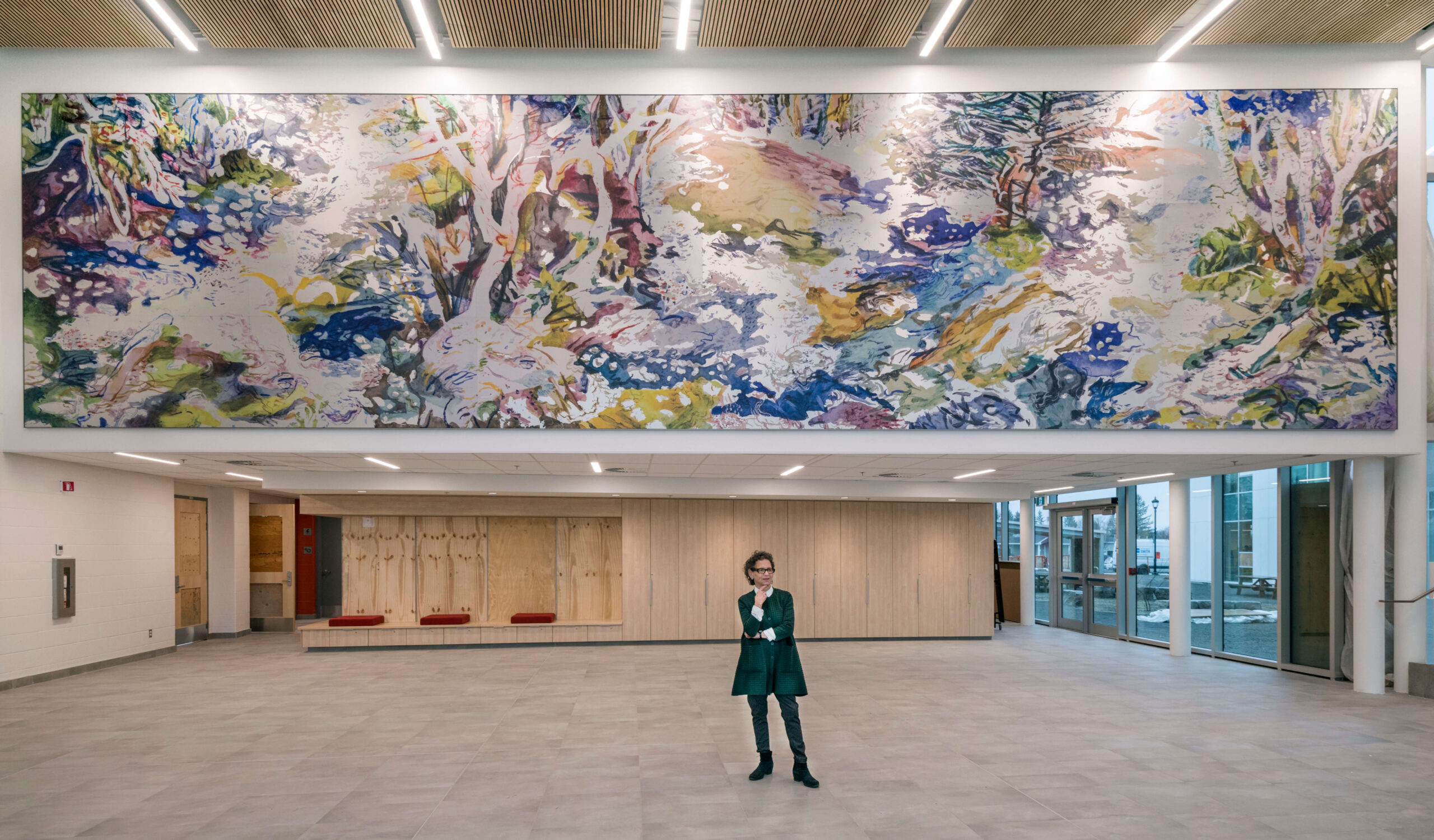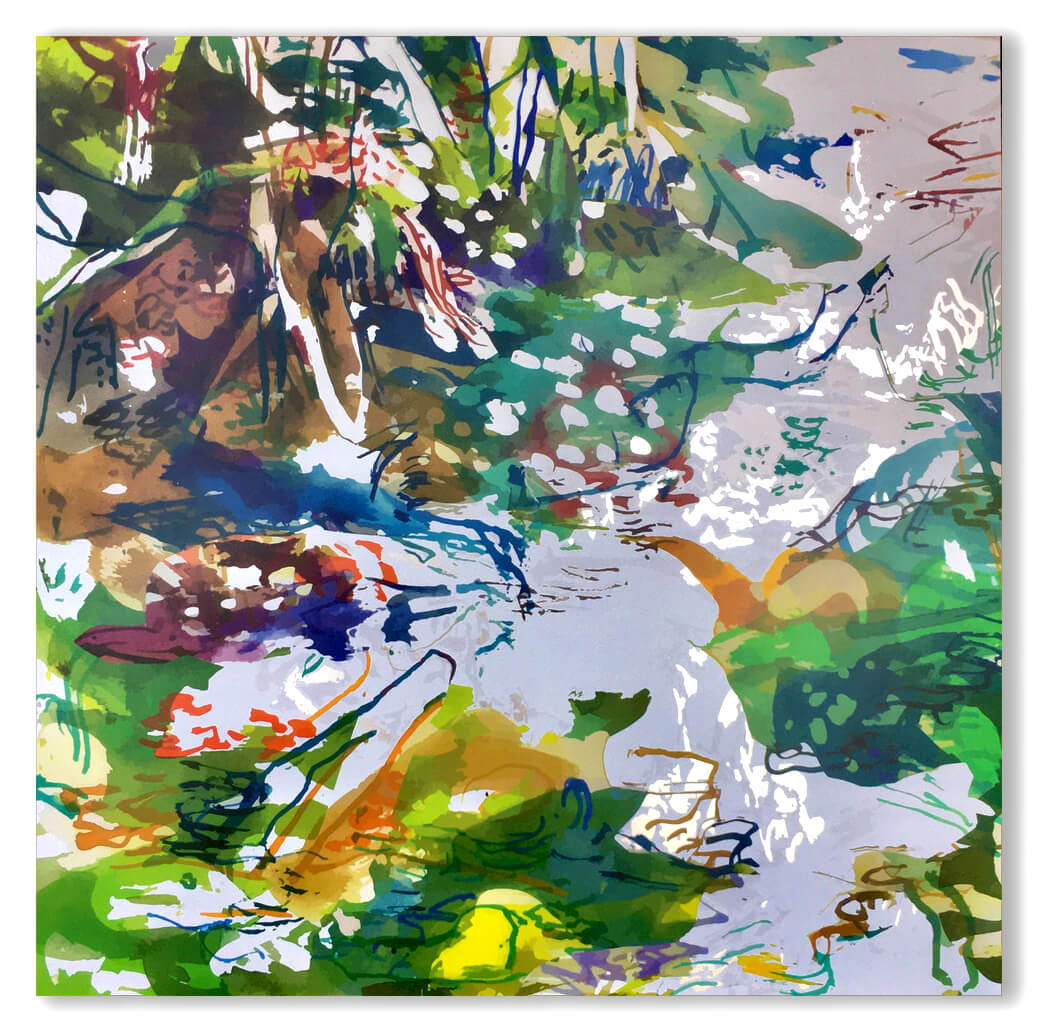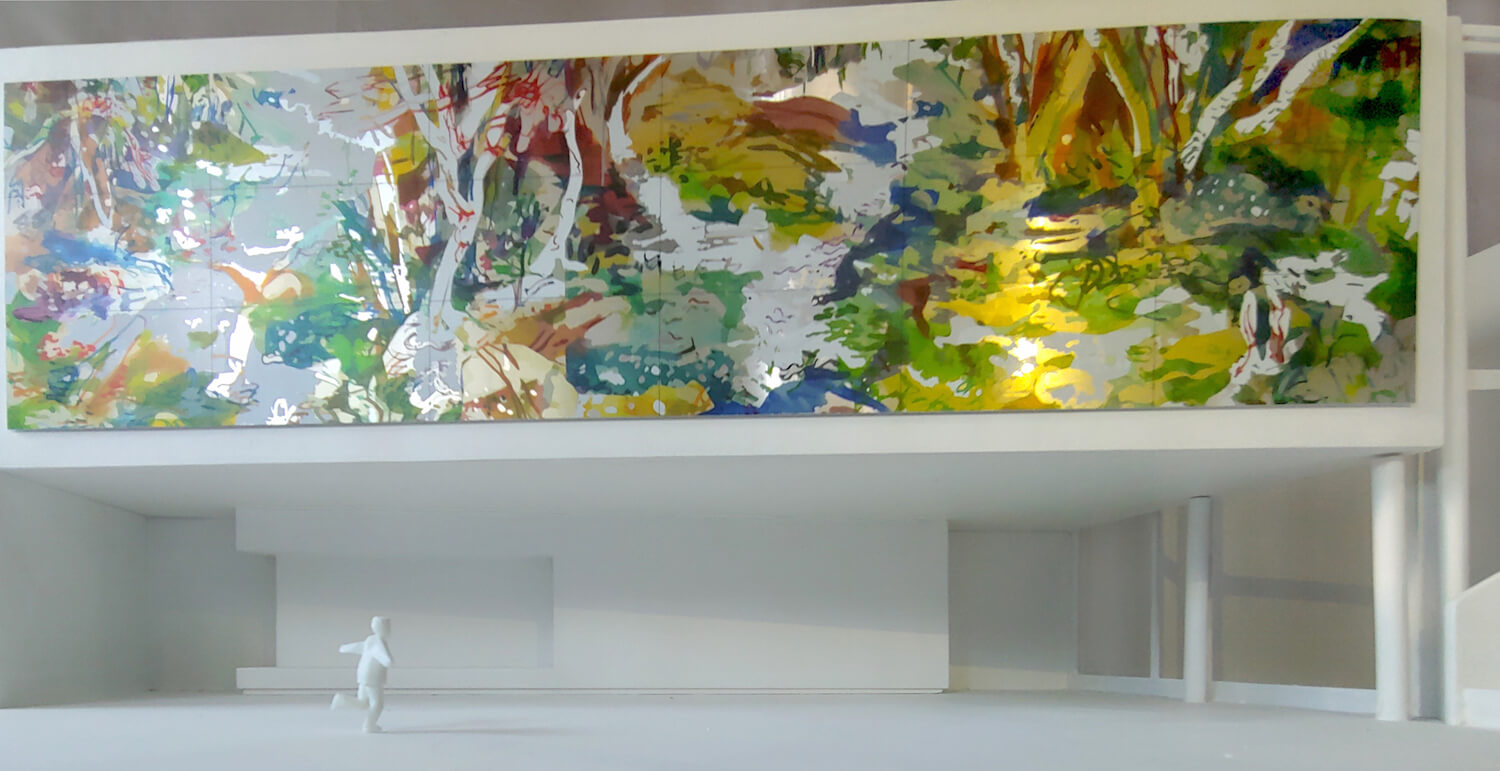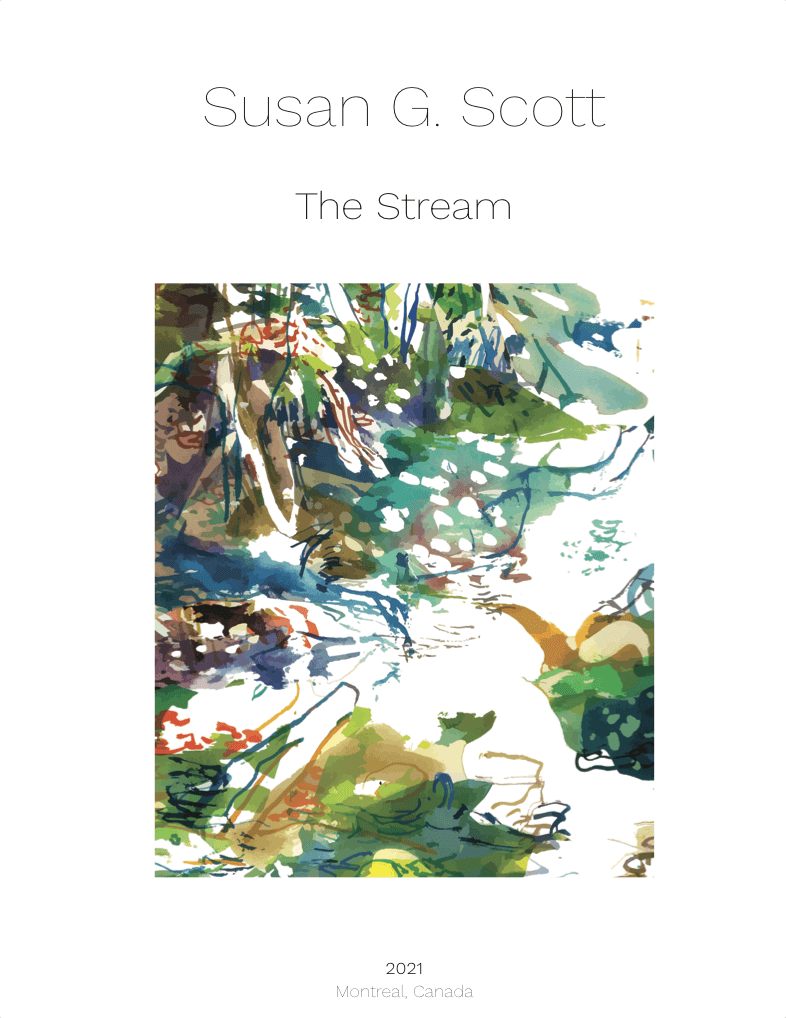Mural Installation for a new primary school in Saint-Hyacinthe, Québec

“Ruisseau” UV print on aluminum composite sheets, 12 x 48 feet (3.7 x 14.6 metres), November 2022. Photo by Pierre Desjardins.


Through their program for the integration of the arts into architecture and the environment, I received a grant from the Québec’s Ministère de la Culture et des Communications to create a work for a new Saint-Hyacinthe primary school that acts as a prototype for the ideal learning environment for primary education. The school is situated in the midst of Domaine sur le Vert near the Yamaska river, surrounded by natural beauty.
I created a watercolour landscape printed on durable aluminum. I created a large scale painting based on my original study in watercolour which was then digitized to create the mural above in order to retain the ephemeral quality of the brushstrokes: transitioning the language of an art form traditionally associated with the ephemeral, into that of architecture. Stretched across the mezzanine, my hope is that it offers both the children and staff a celebration of nature and an inspiration to engage with the outdoors as they contrast the real and imagined on a daily basis.
My work depicts a landscape that is close to the ground with the imagery created while working en plein air. As someone who has spent decades teaching, I have always advocated for the importance of working from nature even when landscape is not the artist’s primary subject matter. In the direct portrayal of nature the process of “seeing” works to enrich our understanding of line, colour, light, movement, but more, it creates an enduring understanding of our physical reality and bonds us to the infinitely complex and interactive organism of nature which we are a part of, indebted to, and dependent upon.
My hope is that the work will encourage educators to challenge children to work in and from nature. I imagine using my work as a demonstration for different aspects of artistic creation appropriate to their developmental levels. I could see having children in Grades K to Grade 2 thinking about the use of colour, shape, and texture as they venture outside to make their first paintings in the park. For Grades 3 and 4, the occurrence of patterning, collage and perspective in landscape might coincide with mathematical applications they are exploring as well as artistic ones and in Grades 5 and 6 they could begin to explore the rich history of landscape painting in Canada and the concepts of abstraction and composition which are fundamental to our changing perception of the contemporary world.

A Sample of A Watercolour Printed on Aluminum

Agora Maquette, 2021 (realized by Gabriel Séguin-Scott and Asa Perlman)

